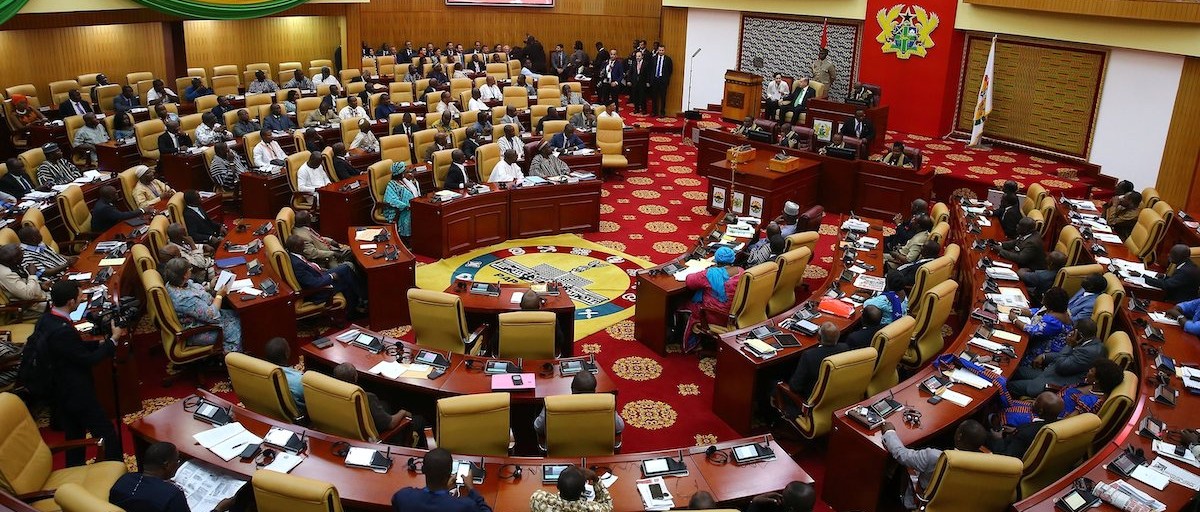
By Daniel Bright Yaw AGBALE
The widely cited saying, “The definition of insanity is doing the same thing over and over again and expecting different results,” is often attributed to Albert Einstein.
A more precise version states: “If you do the same thing repeatedly, you get the same results.” This principle is evident in Ghana’s economic landscape, where policy shifts significantly influence financial outcomes.
At the end of December 2022, inflation stood at 54.1%, dropping to 23.1% by February 2025. In 2022, the treasury bill (T-bill) rate hovered around 30%, offering returns lower than inflation.
However, as inflation declined, the effects of monetary policy, fiscal interventions, and expenditure adjustments became increasingly apparent.
As of December 31, 2024, Ghana’s 91-day T-bill rate was approximately 27.73%, falling to 20.79% by March 25, 2025. Meanwhile, inflation shifted from 23.8% at the end of 2024 to 23.1% by February 2025.
While investors enjoyed positive real returns on T-bills in December 2024, these returns turned negative by March 2025.
This raises serious questions: What broader economic trends are driving these changes? What is the objective behind lowering T-bill rates? Will this policy help control inflation, or could rising costs be linked to investors withdrawing from T-bills?
Aligning Fiscal and Monetary Policies: A Strategic Assessment
Ghana’s macroeconomic stabilization efforts, supported by the International Monetary Fund’s (IMF) $3 billion Extended Credit Facility, highlight the challenges of coordinating fiscal and monetary policies. While inflation has declined significantly from 2022 to 2025, fiscal dominance remains a major challenge to the effectiveness of monetary policy.
The Impact of Treasury Bill Rate Adjustments
Lowering Treasury Bill Rates: Stimulating Economic Growth
Reducing T-bill rates provides several advantages that contribute to economic expansion:
Lower Cost of Government Borrowing – Reducing interest rates decreases the government’s debt servicing burden, freeing up resources for infrastructure, health, and education.
Stimulus for Private Sector Investment – Lower risk-free returns encourage capital reallocation into businesses, fostering industrial expansion and job creation.
Reduced Crowd-Out Effect – Lower T-bill rates enable banks to extend more credit to businesses and individuals instead of lending predominantly to the government.
Boost to Stock Market and Corporate Financing – Investors seek higher yields in equities and corporate bonds, stimulating market activity and business financing.
Encouragement of Consumer Spending – Lower lending costs make credit more accessible, driving demand-driven growth.
Exchange Rate Stability – Lowered rates curb short-term speculative inflows, reducing forex market volatility and supporting cedi stability.
Support for Inflation Management – Reduced financing costs for businesses lower production expenses, potentially moderating inflation over time.
Enhancement of Long-Term Economic Growth – As borrowing costs decline, private sector participation in long-term investments increases, fostering economic sustainability.
Incentive for Infrastructure Development – The government can finance capital projects more efficiently with lower borrowing costs.
Improved Banking Sector Liquidity – Banks diversify their asset allocations, increasing credit availability to businesses and households.
Raising Treasury Bill Rates: Strengthening Stability and Control
Conversely, increasing T-bill rates serves as a tool for economic stabilization:
Attracts Foreign Investment and Strengthens the Cedi – Higher returns draw foreign capital, boosting forex reserves and stabilizing the exchange rate.
Controls Inflation by Reducing Money Supply – Increased savings in government securities lower money circulation, reducing inflationary pressures.
Enhances Government Debt Management – Higher rates facilitate stronger investor participation in debt refinancing, improving fiscal stability.
Encourages Domestic Savings – Attractive returns incentivize household savings, improving long-term financial security.
Reduces Speculative Attacks on the Cedi – Competitive T-bill rates make local investments more appealing, discouraging excessive forex demand.
Increases Government Revenue from Domestic Borrowing – Improved investor participation strengthens the government’s borrowing capacity.
Strengthens Banking Sector Stability – Banks earn higher returns on their investments, reducing dependence on riskier lending practices.
Improves Confidence in the Financial System – A stable rate environment signals economic stability, boosting investor confidence.
Encourages Portfolio Diversification – Institutional investors rebalance their portfolios, reducing exposure to volatile asset classes.
Supports Long-Term Economic Stability – Managing inflation, currency stability, and investment inflows fosters macroeconomic resilience.
Conclusion
The adjustment of T-bill rates is a crucial policy tool that influences economic growth, inflation control, and financial stability. Reducing rates stimulates investment and expansion, while increasing them strengthens the currency and controls inflation.
The Bank of Ghana must carefully balance these measures to achieve sustainable economic development, ensuring that both short-term liquidity needs and long-term stability objectives are met.
The writer is a Chartered Accountant, a member of the Institute of Chartered Accountants Ghana, and a management expert. He has trained more than 7,000 finance professionals across the world and facilitated a number of finance, audit and forensic conferences. Email: bright.dagbale@gmail.com
The post Navigating growth and stability: The impact of Treasury Bill Rate adjustments on the economy appeared first on The Business & Financial Times.
Read Full Story



















Facebook
Twitter
Pinterest
Instagram
Google+
YouTube
LinkedIn
RSS